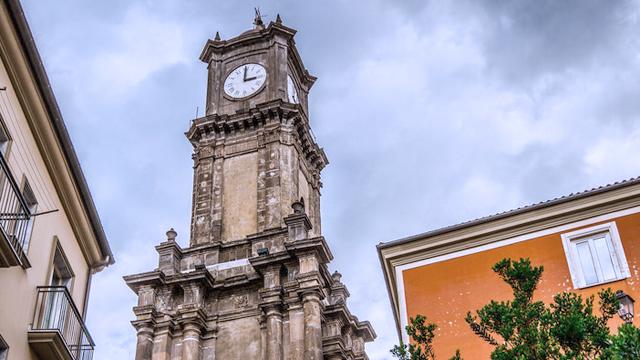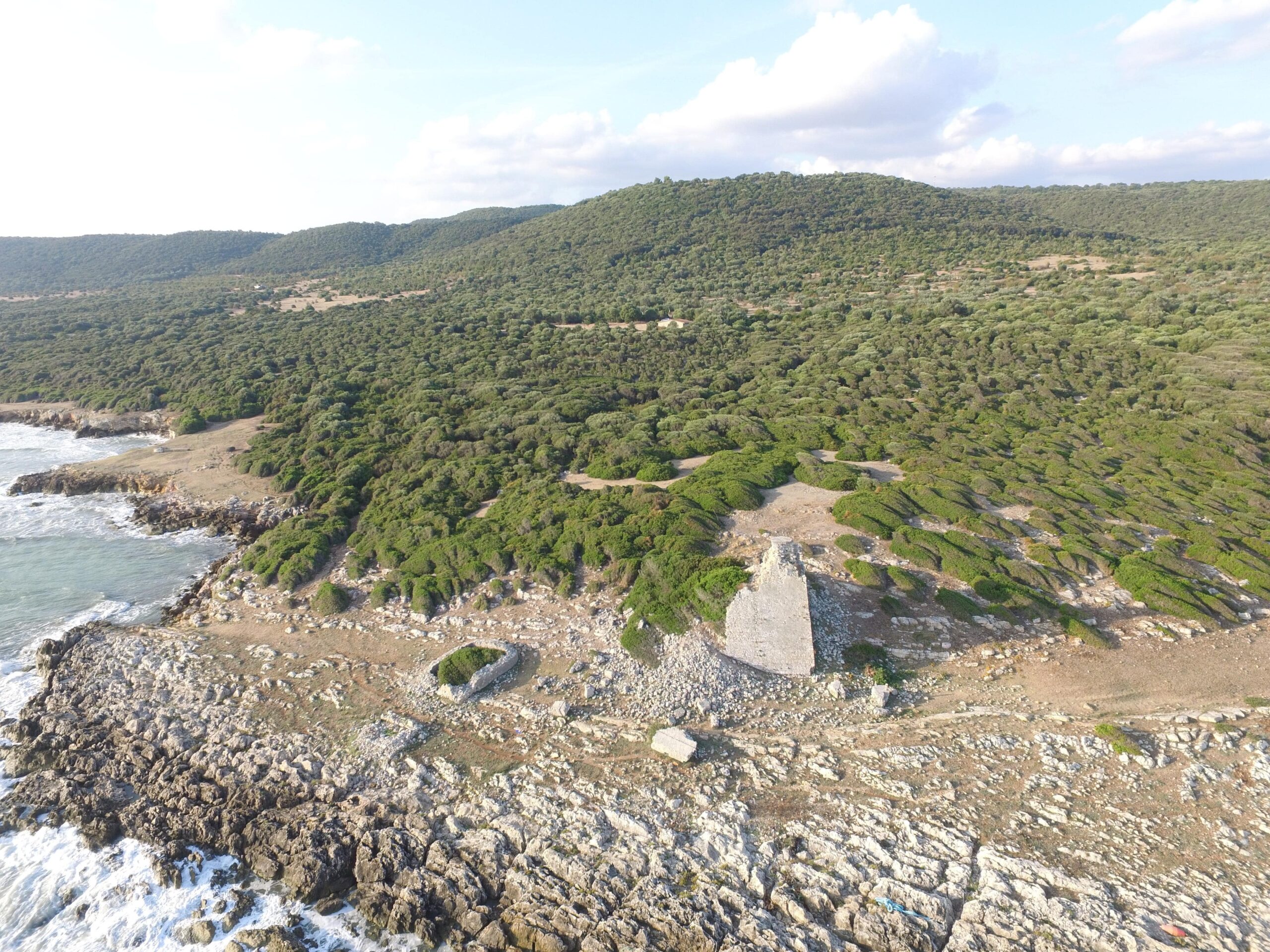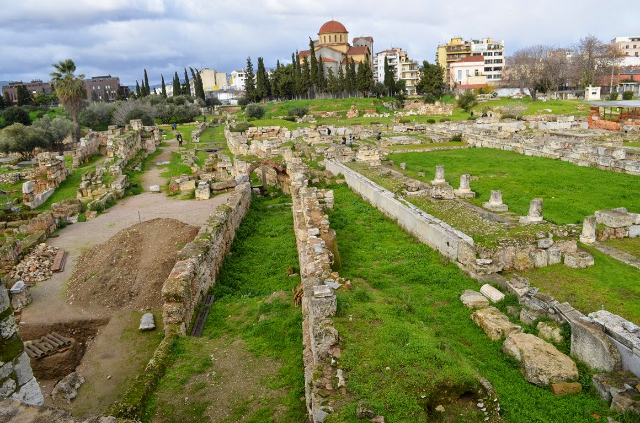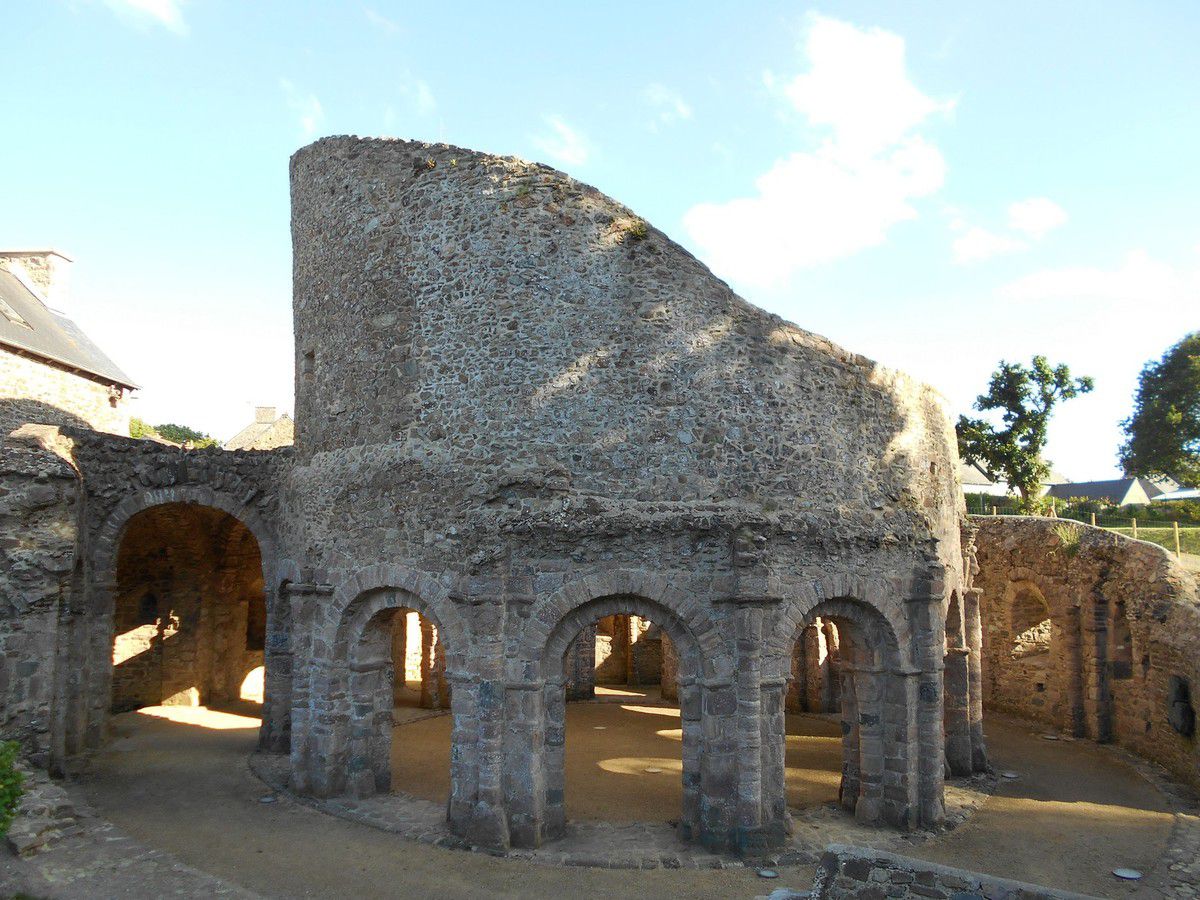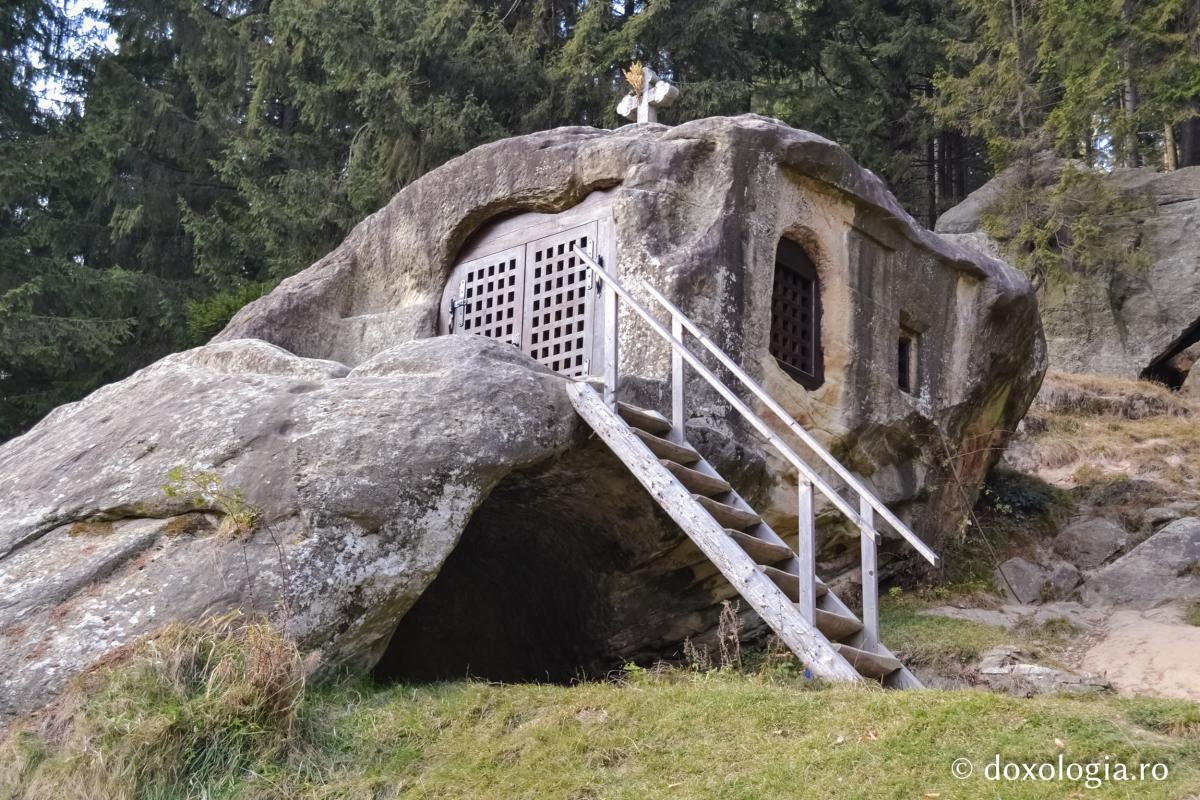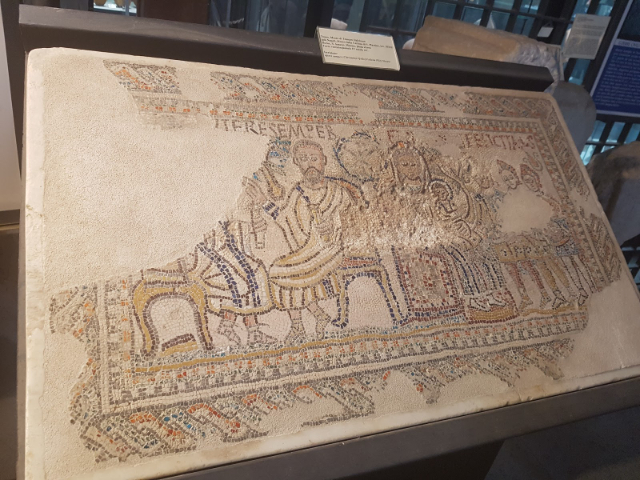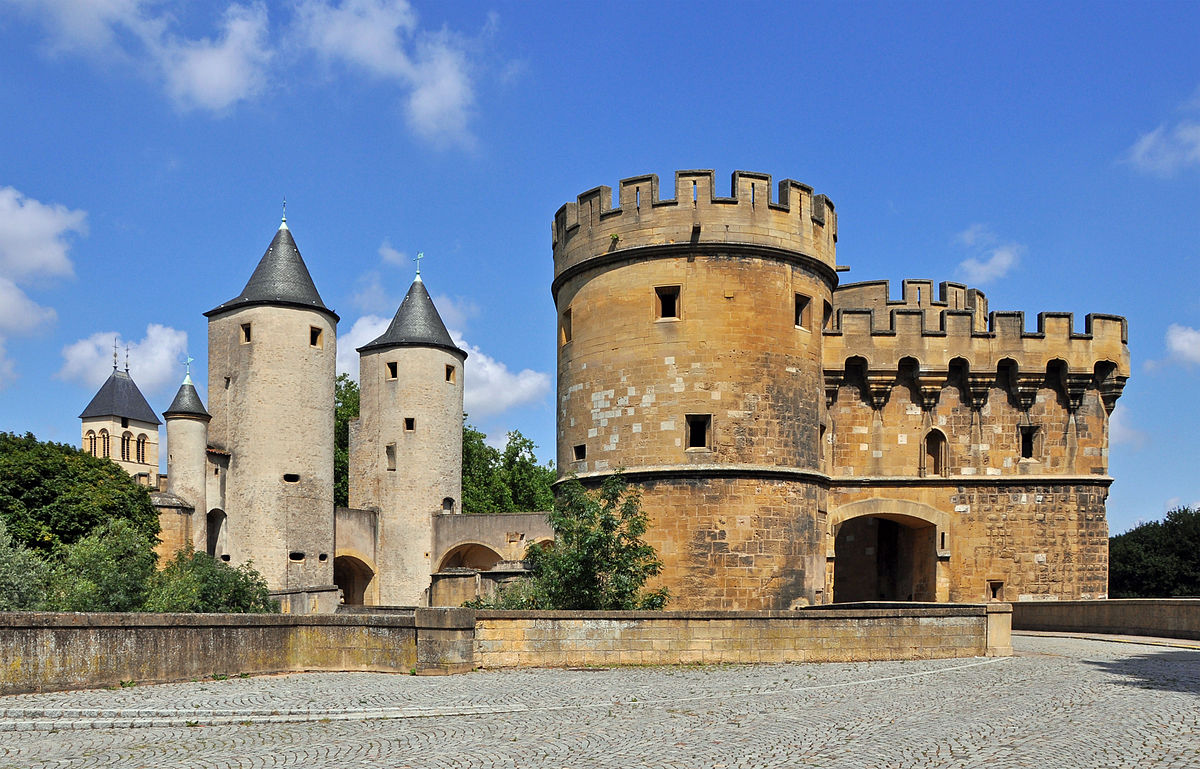The Clock Tower, symbol of Avellino, is a beautiful baroque style monument that overlooks Piazza Amendola, where the Palazzo della Dogana is located, even if its base is located behind the small buildings that protrude on this square, exactly at the Clock Ascent, near the entrance of the Longobard Caves. The tower is about forty metres high and has a rusticated base. Originally it had two floors, with the higher one open. Subsequently, a third level was added, equipped with a bell clock and the "diana" that sounded like a hammer in case of danger. Disputata is the origin of the structure. According to Tradition the Tower was built on a pre-existing fortress of the ancient walls of Avellino (precisely on a previous watchtower in turn built on a previous bell tower). Instead, recently, it was thought that its construction took place in the 17th century, on a project by Cosimo Fanzago, who availed himself of the collaboration of Giovan Battista Nauclerio (present in the city at the time of its construction). Given its height and location, the Clock Tower overlooked the surrounding buildings and its top is visible from afar, even from the end of Corso Vittorio Emanuele II. Like all secular monuments, the Clock Tower experienced the consequences of various earthquakes following its construction in the 17th and 18th centuries. Therefore, it was restored in 1782, using public money, according to a plaque, where the names of the Mayor, Pietro Rossi, and the Architect, Luigi Maria de Conciliis Conciliis, can be read. The top of the Tower collapsed after the earthquake of 23 November 1980, which made a reconstructive restoration necessary.
